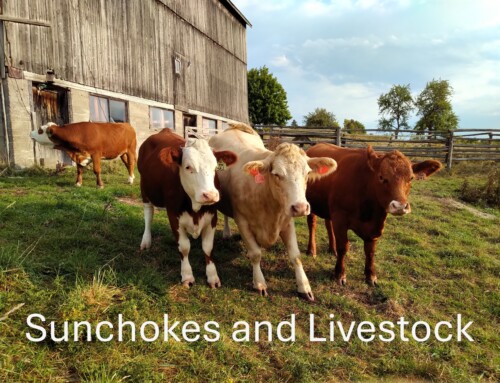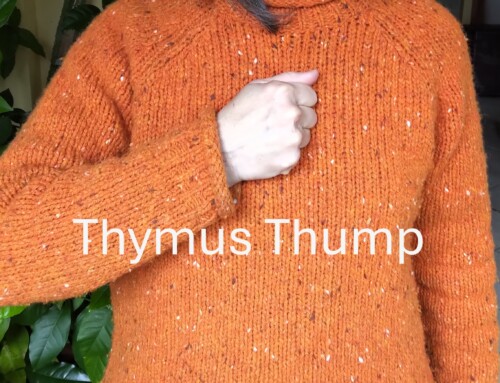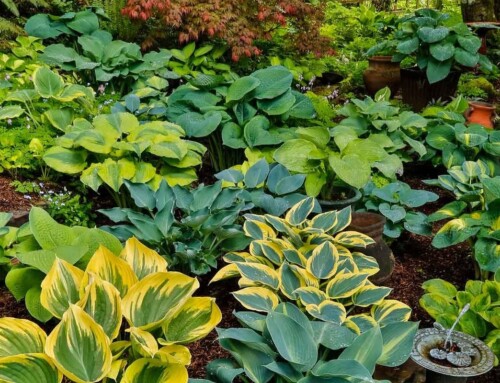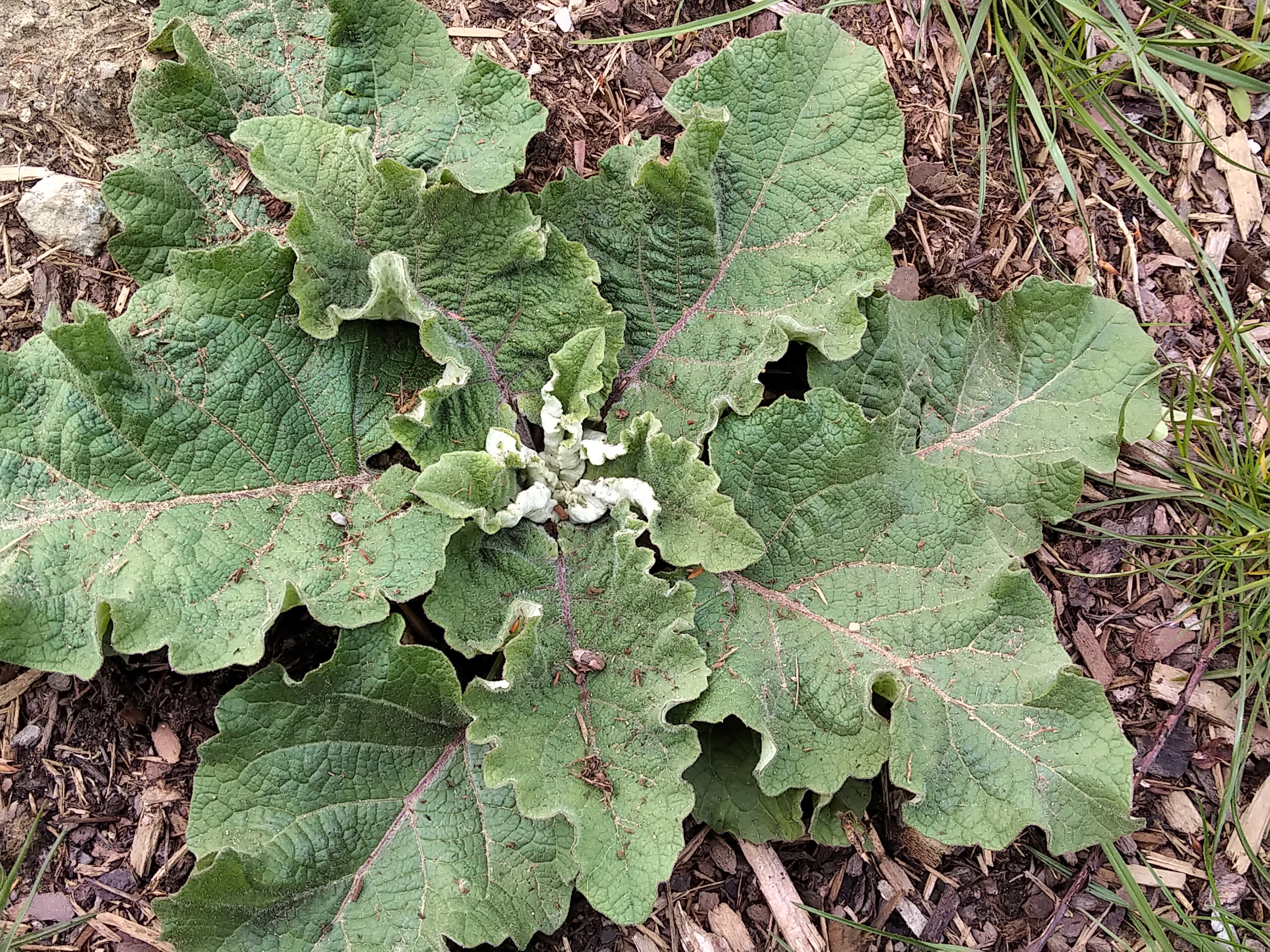 The burdock plant (Arctium lappa) has had many a curse word thrown at it by dog owners and sure to be some hikers in there too! The burdock plant inspired the invention of velcro…something we all have an appreciation for. The plant burrs not so much. In 1948, George de Mestral, a Swiss Engineer got the idea of creating velcro when walking in the woods with his dog where his dog acquired a burr or two in its fur. The rest is history!
The burdock plant (Arctium lappa) has had many a curse word thrown at it by dog owners and sure to be some hikers in there too! The burdock plant inspired the invention of velcro…something we all have an appreciation for. The plant burrs not so much. In 1948, George de Mestral, a Swiss Engineer got the idea of creating velcro when walking in the woods with his dog where his dog acquired a burr or two in its fur. The rest is history!
Ok you cannot eat the burrs but you can eat other parts of the Burdock:
- root
- young leaves
- young flower stalk
One additional comment on the Burdock plant. A lot of people will think it is rhubarb at first glance.
Burdock Measurements
The burdock is a rather large plant with leaves that can measure well over a foot and a half (50 cms) and a height upwards of 5 feet (150 cms) or more.
Young and tender is the name of the game when consuming the Burdock plant. The roots are deep and need to be dug out with a proper shovel – going round and round the plant to loosen up the soil first before pulling them out. The roots can measure 2 ft (60 cm) long, be it thick or thin.

Burdock Plant Root
With a shovel in hand, you would head out after the first good frost to dig up the roots of the first-year Burdock plant. The reason for this is because the Burdock plant sends all its energy into the root for the Winter whereas the second-year plant has used its energy to produce the flowers and seeds for new baby Burdock plants.
Treat them just like you would carrots. The root is a mildly sweet and earthy root vegetable. Add the Burdock root to cooked vegetables, stews/soups, or a stir fry.
On the medicinal side, the root can be made into a tincture. It is known for helping the liver, spleen, and kidneys but extends into many other areas due to the function of these three organs. For example, the liver manufactures hormones so it is written that the Burdock plant root helps out with menstruating and menopause. The spleen is an organ of the immune system so it is written that the root helps with preventing and addressing chronic illnesses.
One study shares how it cures eczema by improving circulation.
Burdock Plant Leaves
In the Spring, the Burdock plant leaves can be harvested from the young plant. The plant is just sprouting forth with small baby leaves so they are tender. The leaf is somewhat shaped like a triangle but also heart-shaped with curly edges that are green on the top, and whitish underneath. I like to take the middle leaves but not the ones that are so small and in the center as the plant grows like a rosette similar to dandelion and plantain. These young leaves are as small as the palm of your hands. Pick those leaves that look good as in not eaten by bugs or trampled on. You can eat them raw or add them to a salad – a foraging mix like the one in this picture (Spring 2022.)

A Spring Foraged Salad – Young Burdock Leaves bottom right (May 5, 2022)
Burdock Flower Stalk
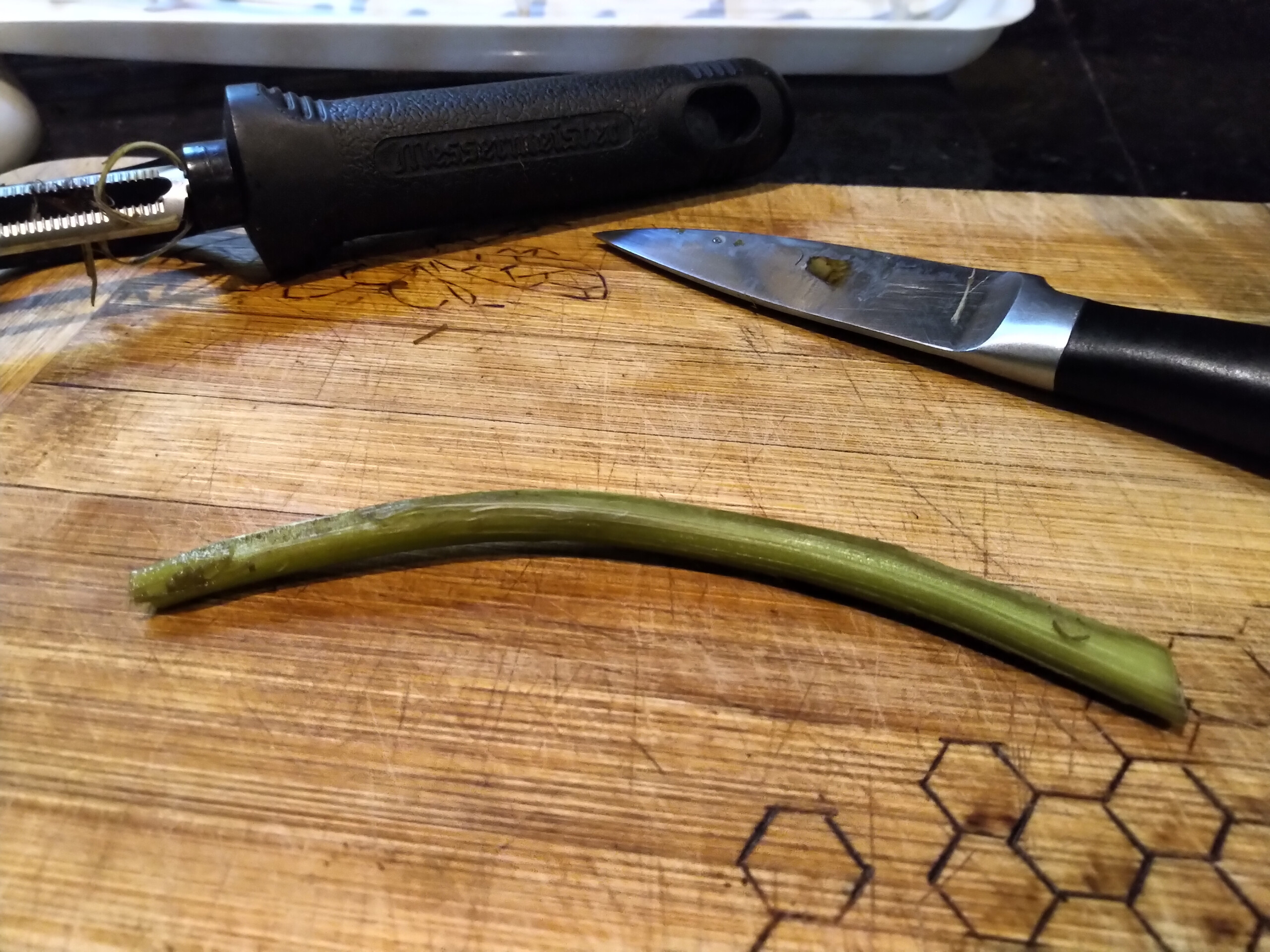
Every season may focus on a different edible part of the plant. The Burdock plant is one of those plants.
In Summer, the Burdock plant in its second year will shoot up a stalk that will hold the beautiful purple thistle-like flower which then turns into the burr…not burr, it is getting cold out.
Only when foraging the Burdock flower stalk, do you look for the young stalk when it is less than two feet tall. The top of the stalk will be very easy to bend. Only cut the part that bends. Throw the pieces into a plastic bag and into your foraging bag.
Once home, peel the outside skin and saute the core in butter either by itself or with other vegetables.
Foraging
After several years, it is clear that there are many more years to come and still much to learn. If you are new to foraging, I recommend learning to identify the plants at all stages and ages. Observe, touch, and smell. When in doubt, check it out by doing more research. I share information on foraging because it is exciting for me to teach others about wild foods. Independence has always been important to me. If you have to eat on a dime, then foraging is a possibility. Rather than the big box stores and their inflation – back to our roots and connect with nature.
Shall we enjoy the possibilities?

Cheryl Millett
Champion for your better health…
Before the age of 20, it never dawned on me that what I chose to put in my mouth would have such a dramatic effect on my wellbeing.
On my path of discovery, I learned that our eating choices directly affected how much energy we have first thing in the morning or that it would build our immune system strength during flu season. Part of it was coming to understand how gentle nutritional cleansing directly helped overcome my health challenges. People keep telling me how beautiful my skin is or how I look younger.
As my studies continued, it became obvious that there is an intrinsic connection between the mind, body, and spirit which directly affects our health and happiness. Omegas are another critical piece of the wellness puzzle. The Auum omegas alone turned on some switches in my brain in just one day.
I have developed a deep appreciation for the wonderful miracle workers our bodies are in the recovery process. Our bodies have natural intelligence. I am passionate to share the connection between nutrition and wellness in my practice and my presentations.



